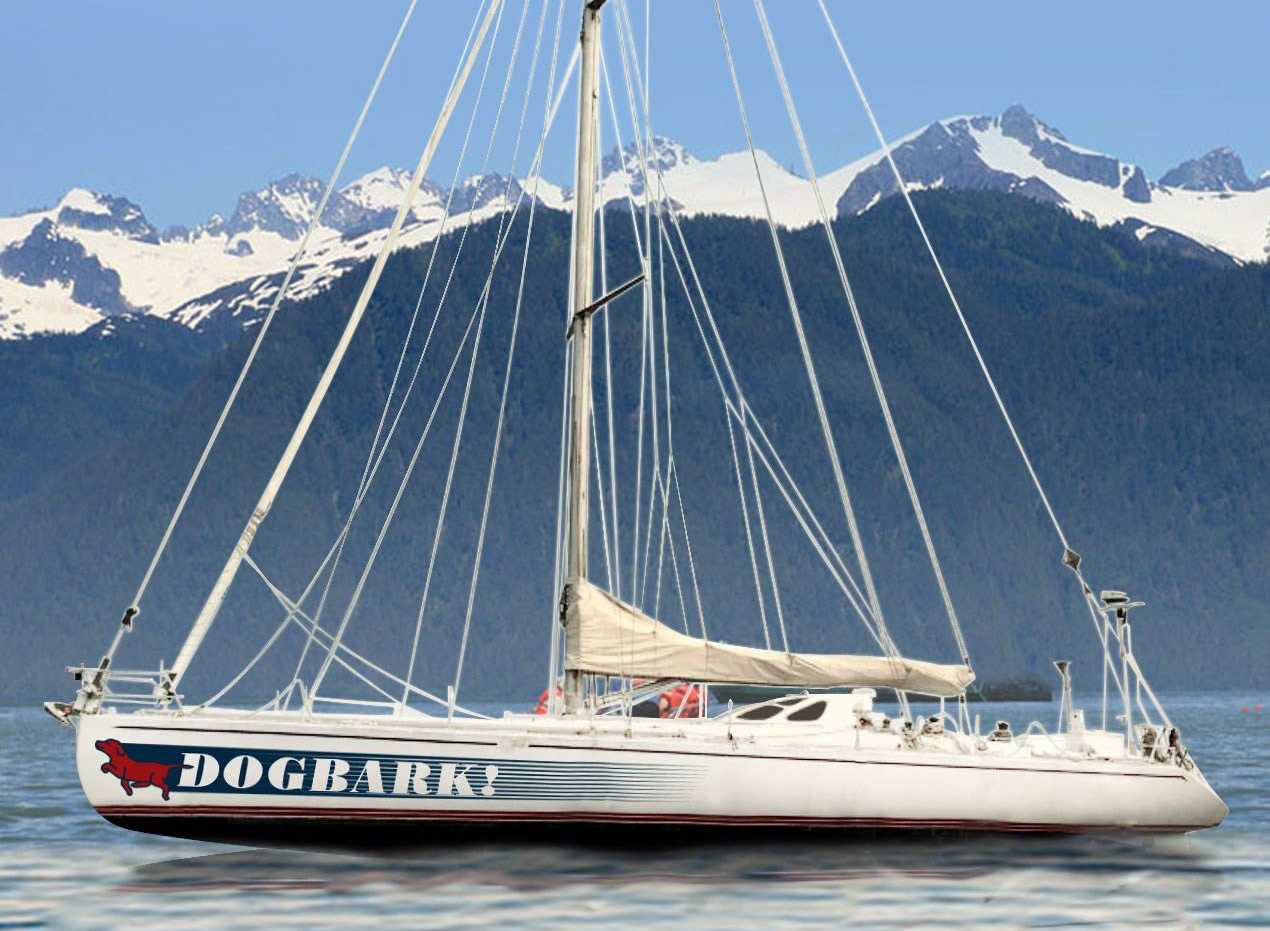One adventurous family has quite a journey scheduled for 2018. On June 1, Graeme and Janna Esarey, along with their daughters Talia and Savai, will set out from Seattle on a sailing expedition that will take them through the Canadian Arctic as they travel the Northwest Passage.
Graeme and Janna are experienced sailors who spent their honeymoon crossing the Pacific Ocean. They say that the plan has always been to sail with their children when it was age appropriate, and now they are ready to begin those adventures. The plan is to navigate through the Northwest Passage and continue on to Europe, making a journey that few have been fortunate enough to undertake until this century.
The fabled Northwest Passage was long sought by sailors and explorers looking to travel faster from the Atlantic and the Pacific. But due to thick ice and inhospitable conditions, it was closed for centuries. Modern ice breakers made it a more viable option, but the cost of operating those ships is prohibitively expensive. Now, climate change has made sailing the route a real option as it is typically completely navigable by August of each year.
Graeme says the idea for making this sailing expedition came about after speaking to polar explorer Eric Larsen at Outdoor Retailer. The father of two has served as the CEO of gear manufacturer Industrial Revolution since 2011, and Larsen has been a brand ambassador for the company. After speaking to Eric, Graeme headed home with the germ of an idea for taking his family on a major adventure, which they'll undertake on a ship called the Dogbark – a 60-foot racing vessel with plenty of room to spread out, including separate cabins for each of the girls.
Currently the Esarey family is in planning and preparation mode prior to the start of the voyage in June. You can read all about their plans, and why they are undertaking this adventure, on their website saildogbark.com. The site is being updated regularly with blog posts about their progress and should be a great way to follow along with their journey once they embark in a few months.
Graeme and Janna are experienced sailors who spent their honeymoon crossing the Pacific Ocean. They say that the plan has always been to sail with their children when it was age appropriate, and now they are ready to begin those adventures. The plan is to navigate through the Northwest Passage and continue on to Europe, making a journey that few have been fortunate enough to undertake until this century.
The fabled Northwest Passage was long sought by sailors and explorers looking to travel faster from the Atlantic and the Pacific. But due to thick ice and inhospitable conditions, it was closed for centuries. Modern ice breakers made it a more viable option, but the cost of operating those ships is prohibitively expensive. Now, climate change has made sailing the route a real option as it is typically completely navigable by August of each year.
Graeme says the idea for making this sailing expedition came about after speaking to polar explorer Eric Larsen at Outdoor Retailer. The father of two has served as the CEO of gear manufacturer Industrial Revolution since 2011, and Larsen has been a brand ambassador for the company. After speaking to Eric, Graeme headed home with the germ of an idea for taking his family on a major adventure, which they'll undertake on a ship called the Dogbark – a 60-foot racing vessel with plenty of room to spread out, including separate cabins for each of the girls.
Currently the Esarey family is in planning and preparation mode prior to the start of the voyage in June. You can read all about their plans, and why they are undertaking this adventure, on their website saildogbark.com. The site is being updated regularly with blog posts about their progress and should be a great way to follow along with their journey once they embark in a few months.












